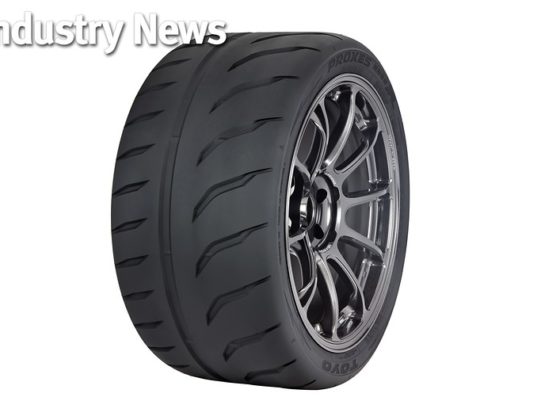,

After starting and running at medium RPM for about 20 minutes with no load to break the rings in, it was time for tuning.
Shawn has a lot of experience with tuning Honda K engines and has done many similar combos like this before. This experience made for fast going and with a few passes of the fuel, Vtec and timing maps Shawn was able to extract a fairly impressive 294 whp and 202 lb/ft of torque. All of this on 91 octane pump gas!

However, looking at the data logs, Shawn noted that the engine had 15 inches of Hg vacuum in the intake manifold at wide open throttle! The factory Atom airbox has a tiny filter and a small diameter tightly bent corrugated inlet tube. These were choking the engine!

It was time to go back to the drawing board to reduce inlet restriction. We got a POP Charger air filter from our Nissan tuner friends Jim Wolf Technology. They happen to make a really nice air filter assembly with a washable and reusable filter and a nice radiused velocity stack base.
JWT provided us with large and small elements if we were going to attempt to stuff the bigger filter into the small, but nicely designed ram air Atom airbox. The filters have a top reverse cone to get as much filter area as possible into as small as possible space.

The POP Charger base has a proper inlet radius on the velocity stack and is swirl polished which also helps flow.

Moti Almagor of Blackbird Fabworx quickly built a temporary higher flowing and straighter shot to the throttle body intake system. In the future, he will probably build a proper airbox using the Atom's ram air scoop but for not, this will relieve all of that pesky restriction in the stock intake.

A look at the large surface area of the JWT POP Charger filter.




6 comments
Great series. I guess you weren’t making enough power to warrant a closed deck?
Yes, its a naturally aspirated engine so no need for a closed deck.
Nice! Over 300hp out of a sewing maching size engine. Only thing missing is some video of the car on track.
15inHg of vacuum? That’s more than 7psi, was it not 15inH2O or 15kpa?
I would take those HP #s more serious if they weren’t for churche Dyno.. it’s been knows for years their Dyno read high. Very high… 50hp plus.
Multiple car have Dyno there and at other Dyno to prove church read high..
Not anymore they have been using a different calibration for a few years now and their numbers are in between our dyno and a typical dynojet.